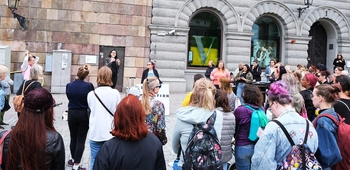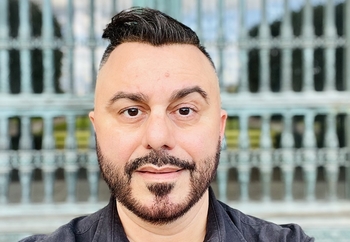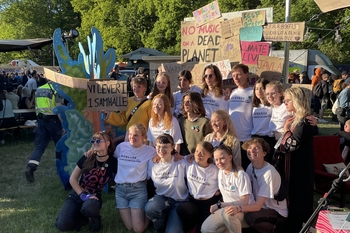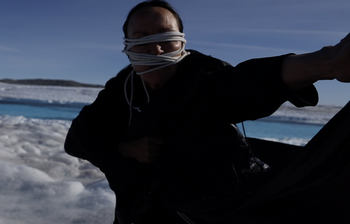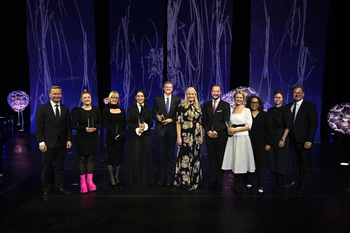The Nordic House in the Faroe Islands celebrates 40th anniversary
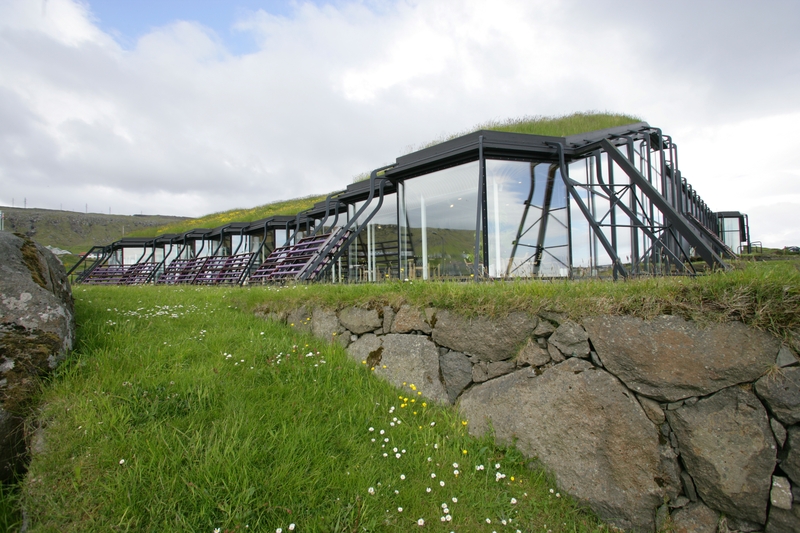
The Nordic House in the Faroe Islands is a well-visited cultural centre that organises more than 400 cultural events each year, including festivals for children, art exhibitions and concerts, also in collaboration with the Faroese Symphony Orchestra. Around 120,000 people pay a visit each year. The aim is both to strengthen the cultural exchange with the rest of the Nordic Region and to promote the cultural scene in the Faroe Islands. Gunn Hernes from Norway, Director of the Nordic House in the Faroe Islands, explains the dynamism of the institution.
“We connect the Nordic Region to the Faroe Islands and the Faroe Islands to the Nordic Region and the rest of the world through art, culture, language, knowledge, debate, information, inspiration and not least the physical building in Torshavn, which also reflects the Nordic Region.”
Hernes says that the Nordic House has always been a catalyst that promotes collaboration, builds networks and challenges and encourages both artists and audiences. With a vast Nordic network to actively get involved in, the Nordic House serves as a cohesive force that is also firmly rooted in the local community.
Culture important for Nordic co-operation
Culture has had a leading role in Nordic co-operation ever since the Nordic Council was founded in 1952 and remains a foundation of Nordic co-operation.
“Art and culture have always been at the heart of Nordic co-operation. We wish and work for the Nordic Region to become an integrated and sustainable region. With such spaces as the Nordic House, we’d stand alone in those endeavours. Because it’s through the literature, films and music of our different countries that we can come together in what we have in common, but also understand and accept our differences, and learn from each other,” says Karen Ellemann, Secretary General of the Nordic Council of Ministers.
Secretary General of the Nordic Council, Kristina Háfoss, who is herself from the Faroe Islands, points out that one can’t underestimate the importance of the Nordic House at the local level.
“The Nordic House is hugely significant for us in the Faroe Islands. From dawn till dusk, all year round, for 40 years now, it has organised activities for children, young people, adults and the elderly. The Nordic House has created a framework for unforgettable experiences and has been a vital gathering place for us and for the whole of the Nordic Region. A Nordic lighthouse in the heart of the Faroe Islands and the Nordic Region.”
Celebrated with dance and music
The 40th anniversary of the Nordic House will be celebrated on 8 May with music and dance. Among many others, the participants will include Bjarni K. Petersen, Faroese Minister of Justice and the Interior and Minister for Nordic Co-operation; Sirið Stenberg, Faroese Minister of Social Affairs and Culture; Karen Ellemann, Secretary General of the Nordic Council of Ministers; and Kristina Háfoss, the Secretary General of the Nordic Council.
Later in the evening there will be a concert with the Faroese artist Annika Hoydal, who was also on stage on 8 May 1983 at the inauguration of the Nordic House.
Unique architecture
The architecture of the Nordic House is unique and contains elements from all the Nordic countries: glass partitions and steel beams from Denmark, the roof based on the Icelandic model and adorned with Faroese grass, granite floors from Norway, furniture from Finland and wood panelling from Sweden.
The decision to build the Nordic House in the Faroe Islands was made in 1977 after which an architectural competition was announced. From the 178 entries, the Norwegian architect Ola Steen and the Icelandic architect Kolbrún Ragnarsdóttir were chosen to design the building, which opened on 8 May 1983.
